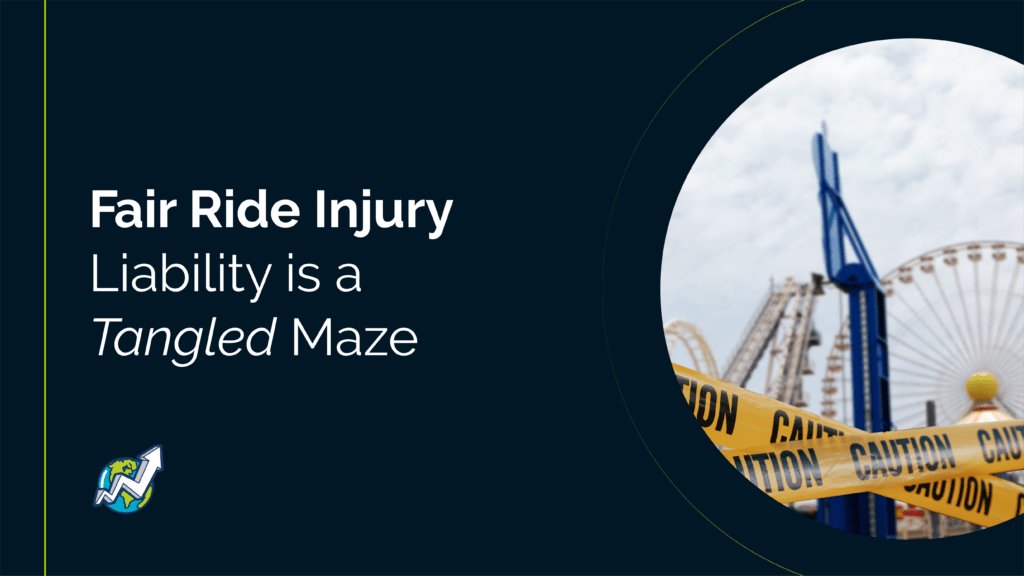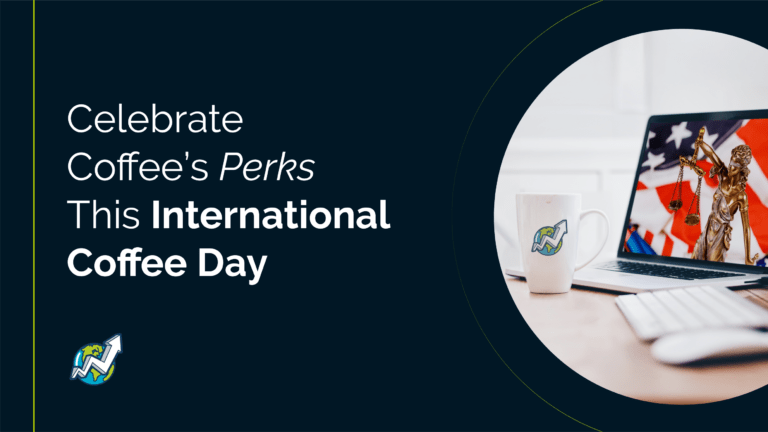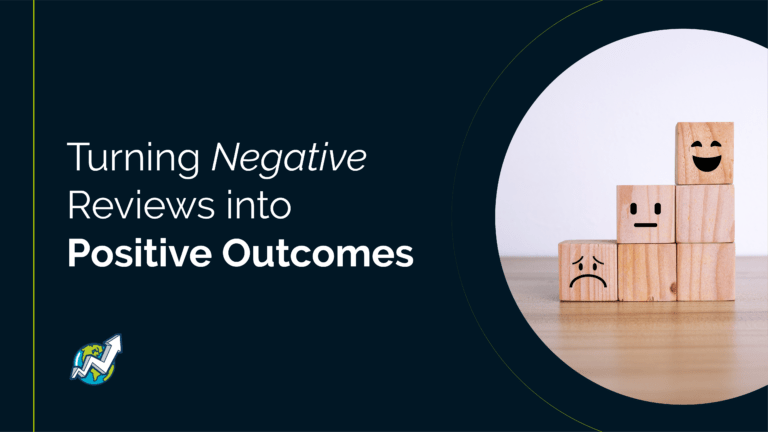Labor Day weekend offers fun activities and exciting fair rides, but for attorneys, these thrills are countered by complex legal challenges that may arise from accidents. With the influx of activity during Labor Day weekend, the risk of injuries from traveling amusement rides increases, presenting a unique set of legal obstacles. From mechanical failures and human error to reckless passenger behavior, each incident can involve intricate layers of accountability and liability. Navigating these challenges requires a deep understanding of the specific issues surrounding temporary rides and the often-fragmented regulations that govern them.
The Hidden Hazards of Traveling Amusement Rides
The U.S. Consumer Product Safety Commission (CPSC) estimates about 30,000 amusement park-related injuries are treated in emergency rooms each year. According to the CPSC, most are caused by:
- Mechanical Failures. These are more likely to occur at temporarily set-up fairs than at fixed theme parks due to the rides’ design which allows for repeated assembly. This, however, comes at the cost of extra wear and tear. They are also subject to diverse weather conditions which leads to corrosion and structural weaknesses.
- Human Error. Mistakes are also a higher risk for traveling fairs as physical labor and demanding schedules in this fast-paced environment can cause fatigue and burnout. Given that these personnel are responsible for assembling, disassembling, and operating the rides, it’s clear that such conditions elevate the risk of accidents.
- Passenger Behavior. Reckless behavior, such as not following instructions or ignoring warnings, can endanger the individual and others. With children under 18 accounting for roughly 60% of all amusement park injuries, responsible parties are increasingly focused on addressing reckless behavior, which they believe is often driven by a desire for social media attention.
The Hurdles of Injuries and Litigation Complexities
The most common injuries sustained on amusement park rides are head, neck, and back injuries, as well as bone fractures. These injuries may have lasting effects that require significant medical care and recovery time. Additionally, trauma from being stuck on a ride or experiencing sudden impacts can complicate matters further.
The lack of an official procedure to report and track injuries and deaths caused by traveling amusement park rides complicates premises or product liability cases. This absence of comprehensive reporting can obscure the true number of incidents, putting lawyers at a disadvantage when building a case.
Additionally, traveling carnivals, which often provide rides for state fairs, frequently fail to maintain consistent records of maintenance, safety inspections, and operator training. This also complicates establishing a clear history of negligence or safety violations.
Liability can be further complicated by waivers often used for amusement park rides which require participants to assume some level of risk. To counter these legal defenses, it must be shown that risks were inadequately disclosed or that negligence was severe.
The Tangled Maze of Regulations and Accountability
Determining liability for injuries sustained from traveling fair rides is challenging due to the complex web of parties involved. While the International Association of Amusement Parks and Attractions (IAAPA) ensures that most states regulate fixed amusement rides, this is not the same for mobile parks, carnivals, and fairs. They operate under different standards, primarily overseen by the CPSC and not federally regulated.
The individuals and companies that operate traveling amusement parks have an obligation to ensure the safety of all passengers. Responsibility for accidents during state fairs often lies with ride manufacturers, who must ensure rides meet safety standards, and with owners and operators, who must conduct regular inspections and maintain the rides. Additionally, adherence to safety regulations, proper staff training, and effective emergency preparedness are crucial in mitigating risks and preventing incidents.
Establishing who is responsible can be complicated and often requires a thorough and detailed investigation. Operators, manufacturers, and owners must all ensure rider safety, and no one should be exempt from that responsibility.
The Path Through Challenges with Virtual Support
As the complexities of liability and safety issues surrounding traveling amusement rides continue to evolve, attorneys face significant challenges in building strong cases. Understanding the intricate details of mechanical failures, human error, and passenger behavior, alongside the maze of regulations, is crucial for successful litigation. In such cases, leveraging specialized tools and resources can make a substantial difference.
A virtual assistant can provide valuable support to attorneys so that they can stay focused on untangling regulatory hurdles and upholding client rights. Hiring the necessary support to manage documentation and streamline the process, ensures that attorneys are well-equipped to navigate these intricate legal landscapes and advocate effectively for their clients in an often opaque and challenging environment.




